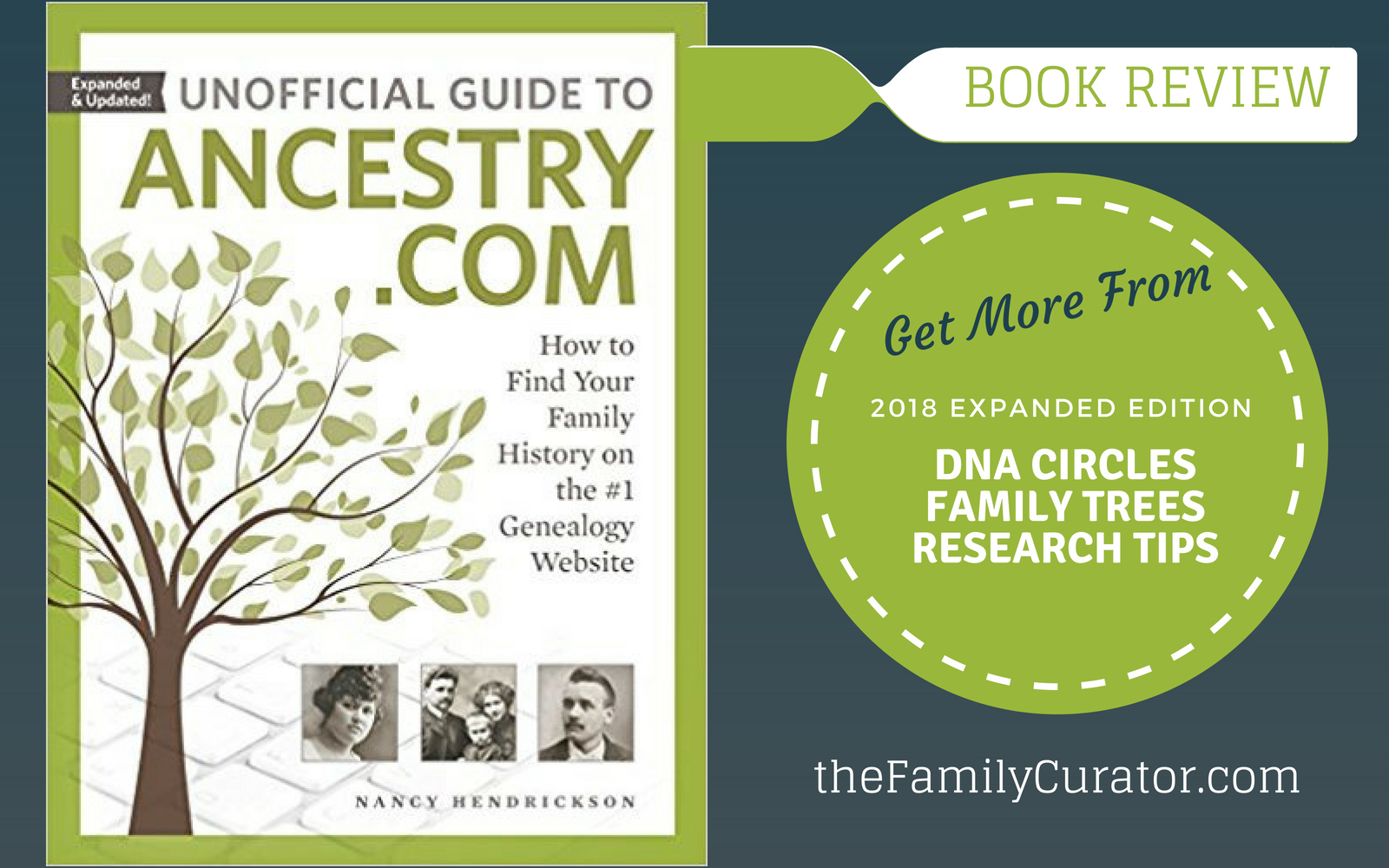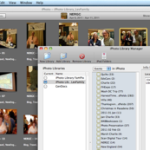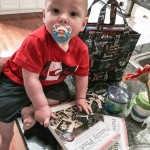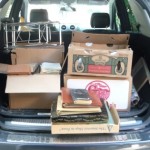Every genealogist has brick wall research problems. The Unofficial Guide to Ancestry.com helped me find new clues for my family tree, and could be just what you need to bust through your toughest family history challenge.
In the expanded and updated edition of The Unofficial Guide to Ancestry.com, genealogy author and blogger Nancy Hendrickson offers a roadmap to Ancestry.com’s features along with tips and strategies for getting the most from your website subscription.
Ancestry.com is a huge and deep online resource that’s easy for all levels of genealogists to use in building out family trees. But how do you start a tree and analyze the information you find so that you’re adding your ancestors, and not the Grandpa of someone else? Hendrickson explains how Ancestry.com tree hints work and how to use, examine, and correct information.
Beyond family trees, in part one you’ll find chapters on using and mastering the search and card catalog functions, and tips for researching with the Ancestry.com mobile app. Chapters in part two focus on specific record collections such as census, vital, immigration, or military records, and newspapers, wills, church records, and family histories. Part three discusses Ancestry DNA: interpreting your DNA results, connecting with others, and applying DNA results to your research. Part four helps you extend your research to Ancestry.com’s partners at Newspapers.com and Fold3.
Do you start your research by reviewing available sources for the location of interest? Hendrickson offers step-by-step instructions to Explore by Location, a great way to get familiar with the record collections available for your ancestor’s localities. I’ve been researching my stepmother’s Texas ancestry and discovered new county histories to check out for stories about her grandfather who was a small-town mayor.
The Unofficial Guide to Ancestry.com can be read cover to cover, but I suggest reading part one as a refresher to basic Ancestry.com features and then using the rest of the book as a reference when seeking out specific record groups. You might even use the chapters in part two as a checklist to avoid overlooking some record types.
Anyone who has taken a DNA test at AncestryDNA will find helpful information to understand Ancestry’s ethnic reports, DNA Circles, and New Ancestry Discoveries. And when you are ready to dig deeper into genetic genealogy research, the Family Tree Guide to DNA Testing and Genetic Genealogy by Blaine T. Bettinger, Ph.D., J.D. Offers more insight into the world of DNA testing and analysis for genealogy research.
The Unofficial Guide to Ancestry.com by Nancy Hendrickson (FamilyTree, 2018), paperback, 272 pages.
Thank you for supporting The Family Curator by using the affiliate links on this website. All opinions are those of the author. See my Disclosure for more information.






